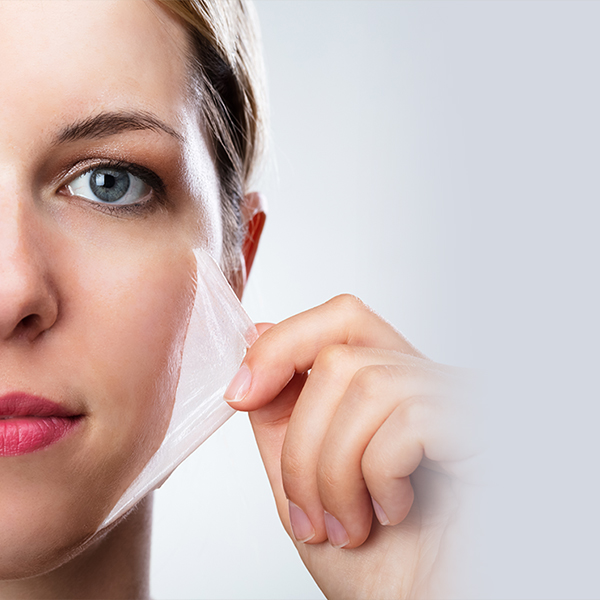
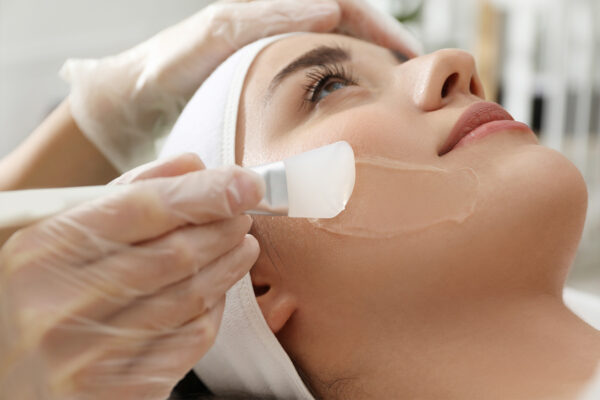
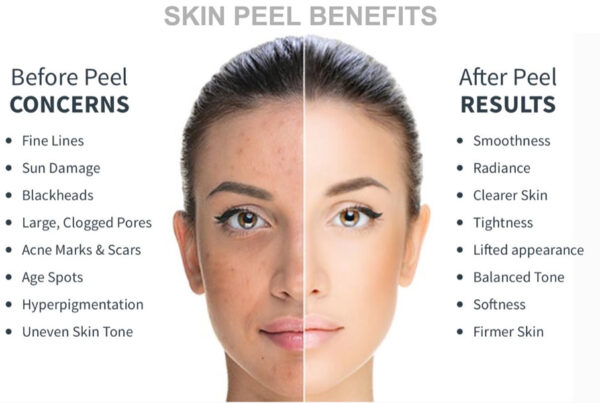
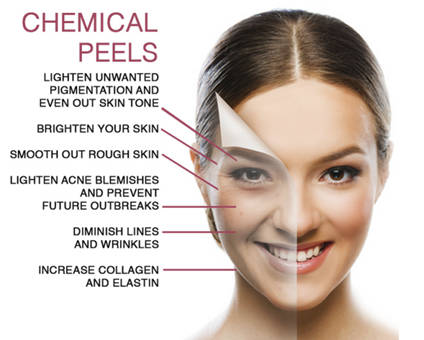
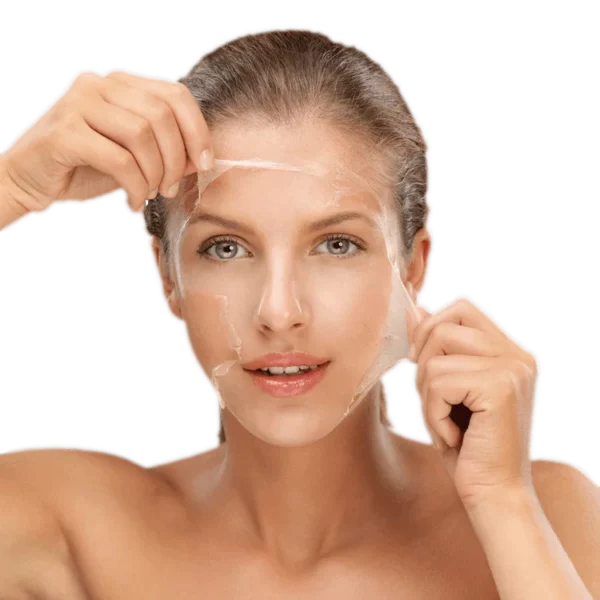
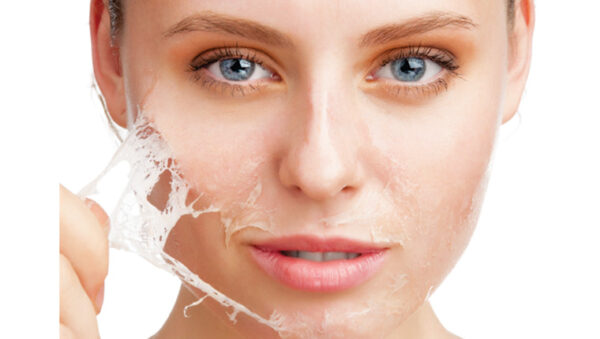
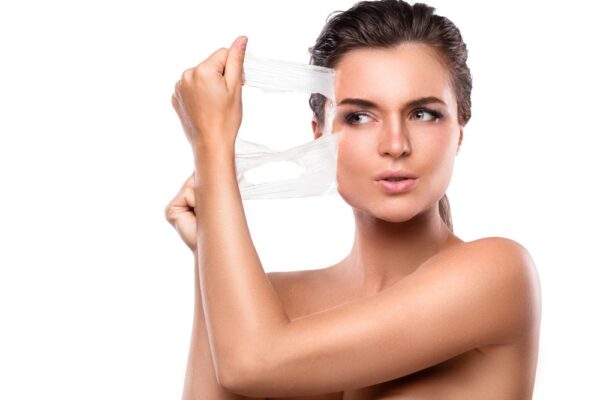
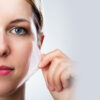
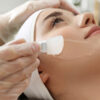
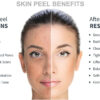
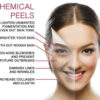




Free
Embark on a transformative journey with our exceptional range of medical treatments. As a leading medical tour operator, we offer a comprehensive selection of world-class treatments and procedures to address your unique healthcare needs. From advanced surgeries to cutting-edge therapies, our team of experienced professionals is dedicated to providing top-notch care and ensuring your comfort and satisfaction. Discover a new level of healthcare excellence with our tailored treatment options. Book now to start your journey towards a healthier and happier you.
A chemical peel is a procedure used to improve the appearance and texture of the skin on the face, neck, or hands. It involves the application of a chemical solution to the skin, which causes the outer layers to exfoliate and eventually peel off. The regenerated skin is usually smoother, less wrinkled, and has a more even tone.
There are different types of chemical peels, categorized based on the depth of penetration and the specific concerns they address:
Superficial or Lunchtime Peel: This type of peel uses mild acids like alpha-hydroxy acid (AHA) to gently exfoliate the outermost layer of the skin. It is often used to improve mild skin discoloration, rough texture, and refresh the appearance of the face, neck, chest, or hands.
Medium Peel: Medium-depth peels use acids like trichloroacetic acid (TCA) or glycolic acid to reach the middle and outer layers of the skin. They are more effective in treating damaged skin cells, reducing the appearance of wrinkles, and improving skin texture.
Deep Peel: Deep peels, often using phenol or carbolic acid, penetrate the deeper layers of the skin. They are typically used for severe skin issues like deep lines and wrinkles, pitted acne scars, sun damage, and persistent pigmentation issues. Deep peels can provide dramatic and long-lasting results but may require a longer recovery period and can be more uncomfortable during the procedure.
The choice of chemical peel depends on factors such as the specific skin concerns, desired outcomes, and the individual’s skin type. It is important to consult with a dermatologist or a qualified skincare professional to determine the most suitable type of peel for your needs.
The acids commonly used in chemical peels include:
Glycolic Acid: A type of alpha-hydroxy acid (AHA) derived from sugar cane. It is often used in superficial and medium-depth peels to exfoliate the skin and improve its texture and tone.
Salicylic Acid: A beta-hydroxy acid (BHA) that is effective in treating acne and oily skin. It can penetrate the pores and exfoliate the skin, helping to unclog pores and reduce breakouts.
Trichloroacetic Acid (TCA): A medium-depth peel acid that can address a range of skin concerns, including fine lines, wrinkles, and pigmentation issues.
Lactic Acid: Another type of alpha-hydroxy acid (AHA) that is milder than glycolic acid. It helps to exfoliate the skin and improve its hydration.
Phenol: A powerful peeling agent used in deep peels to address severe skin issues like deep wrinkles and scars. Phenol peels require longer recovery time and are typically performed by experienced professionals.
Chemical peels can be suitable for a wide range of individuals, but the specific type and strength of the peel will depend on factors such as skin type, concerns, and desired results. Here are some general guidelines on who may benefit from chemical peels:
While chemical peels can be beneficial for many individuals, there are certain situations where they may not be suitable. Here are some factors that may make a person not suitable for a chemical peel:
Chemical peels offer several advantages for improving the appearance and texture of the skin. Here are some key advantages of chemical peels:
While chemical peels are generally safe when performed by a qualified professional, there are potential complications and risks associated with the procedure. It is important to be aware of these potential complications before undergoing a chemical peel. Here are some possible complications:
Before undergoing a chemical peel, it is important to follow certain pre-care instructions to ensure the best possible results and minimize the risk of complications. Here are some common pre-care guidelines for a chemical peel:
Proper aftercare is crucial following a chemical peel to promote healing, minimize complications, and optimize the results. Here are some general aftercare guidelines to follow after a chemical peel:
Only logged in customers who have purchased this product may leave a review.
A chemical peel is a procedure used to improve the appearance and texture of the skin on the face, neck, or hands. It involves the application of a chemical solution to the skin, which causes the outer layers to exfoliate and eventually peel off. The regenerated skin is usually smoother, less wrinkled, and has a more even tone.
There are different types of chemical peels, categorized based on the depth of penetration and the specific concerns they address:
Superficial or Lunchtime Peel: This type of peel uses mild acids like alpha-hydroxy acid (AHA) to gently exfoliate the outermost layer of the skin. It is often used to improve mild skin discoloration, rough texture, and refresh the appearance of the face, neck, chest, or hands.
Medium Peel: Medium-depth peels use acids like trichloroacetic acid (TCA) or glycolic acid to reach the middle and outer layers of the skin. They are more effective in treating damaged skin cells, reducing the appearance of wrinkles, and improving skin texture.
Deep Peel: Deep peels, often using phenol or carbolic acid, penetrate the deeper layers of the skin. They are typically used for severe skin issues like deep lines and wrinkles, pitted acne scars, sun damage, and persistent pigmentation issues. Deep peels can provide dramatic and long-lasting results but may require a longer recovery period and can be more uncomfortable during the procedure.
The choice of chemical peel depends on factors such as the specific skin concerns, desired outcomes, and the individual’s skin type. It is important to consult with a dermatologist or a qualified skincare professional to determine the most suitable type of peel for your needs.
The acids commonly used in chemical peels include:
Glycolic Acid: A type of alpha-hydroxy acid (AHA) derived from sugar cane. It is often used in superficial and medium-depth peels to exfoliate the skin and improve its texture and tone.
Salicylic Acid: A beta-hydroxy acid (BHA) that is effective in treating acne and oily skin. It can penetrate the pores and exfoliate the skin, helping to unclog pores and reduce breakouts.
Trichloroacetic Acid (TCA): A medium-depth peel acid that can address a range of skin concerns, including fine lines, wrinkles, and pigmentation issues.
Lactic Acid: Another type of alpha-hydroxy acid (AHA) that is milder than glycolic acid. It helps to exfoliate the skin and improve its hydration.
Phenol: A powerful peeling agent used in deep peels to address severe skin issues like deep wrinkles and scars. Phenol peels require longer recovery time and are typically performed by experienced professionals.
Chemical peels can be suitable for a wide range of individuals, but the specific type and strength of the peel will depend on factors such as skin type, concerns, and desired results. Here are some general guidelines on who may benefit from chemical peels:
While chemical peels can be beneficial for many individuals, there are certain situations where they may not be suitable. Here are some factors that may make a person not suitable for a chemical peel:
Chemical peels offer several advantages for improving the appearance and texture of the skin. Here are some key advantages of chemical peels:
While chemical peels are generally safe when performed by a qualified professional, there are potential complications and risks associated with the procedure. It is important to be aware of these potential complications before undergoing a chemical peel. Here are some possible complications:
Before undergoing a chemical peel, it is important to follow certain pre-care instructions to ensure the best possible results and minimize the risk of complications. Here are some common pre-care guidelines for a chemical peel:
Proper aftercare is crucial following a chemical peel to promote healing, minimize complications, and optimize the results. Here are some general aftercare guidelines to follow after a chemical peel:
There are no reviews yet.
Only logged in customers who have purchased this product may leave a review.
Choosing the right hospital and physician are important factors to consider that significantly influence a patient’s treatment. The preferred choice for many patients is choosing private care.
Choosing the right hospital and physician are important factors to consider that significantly influence a patient’s treatment.
Reviews
There are no reviews yet.